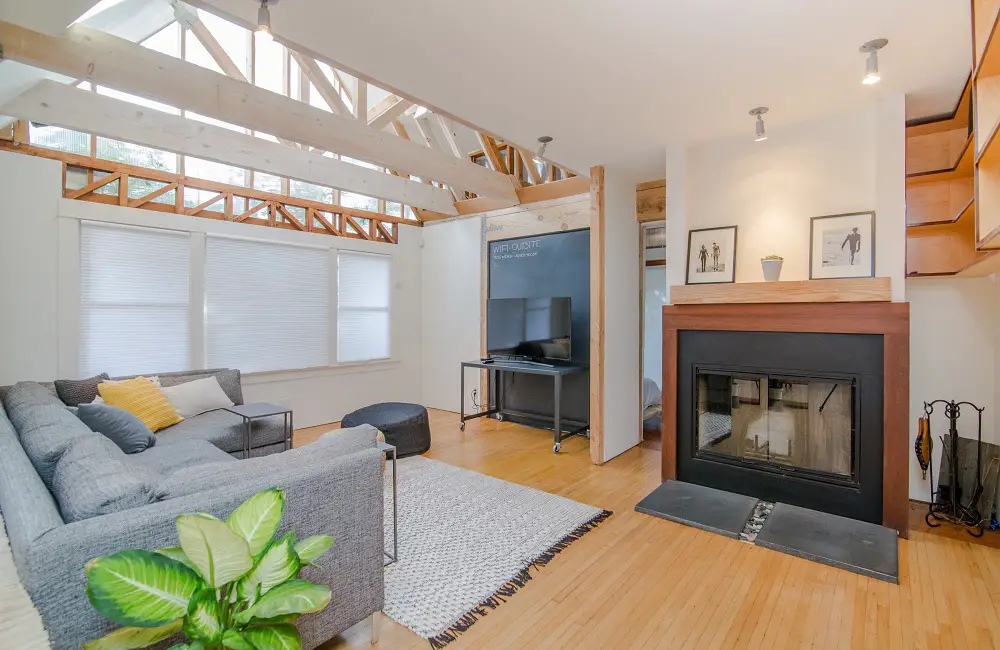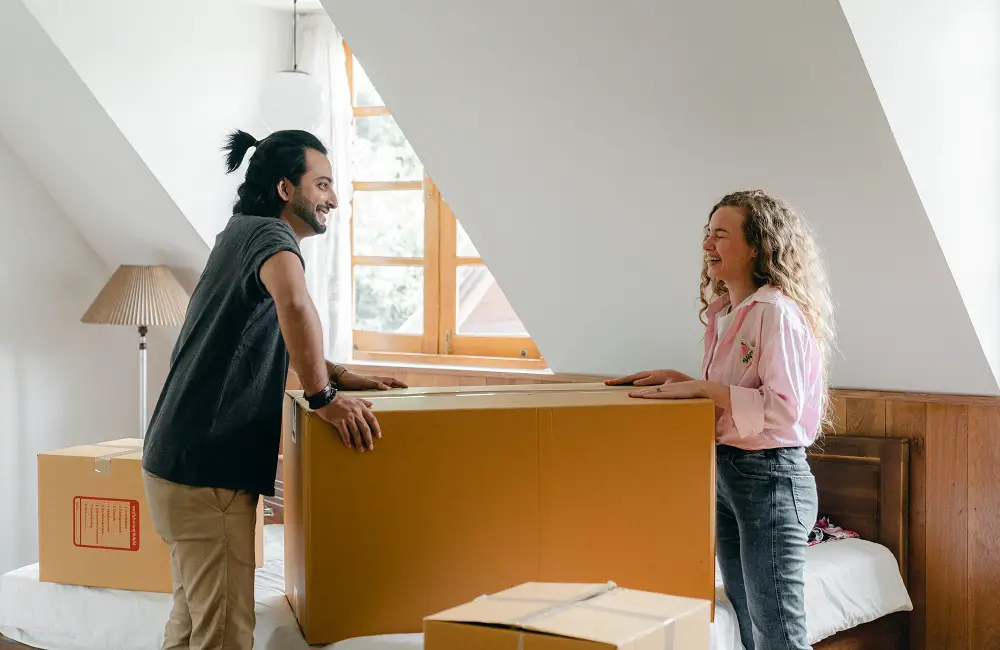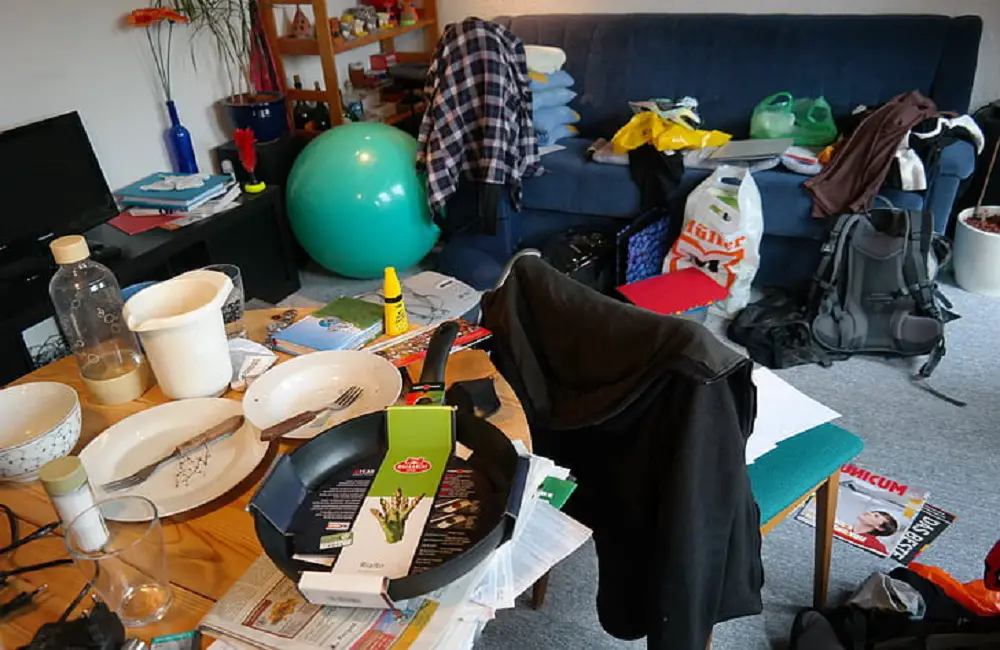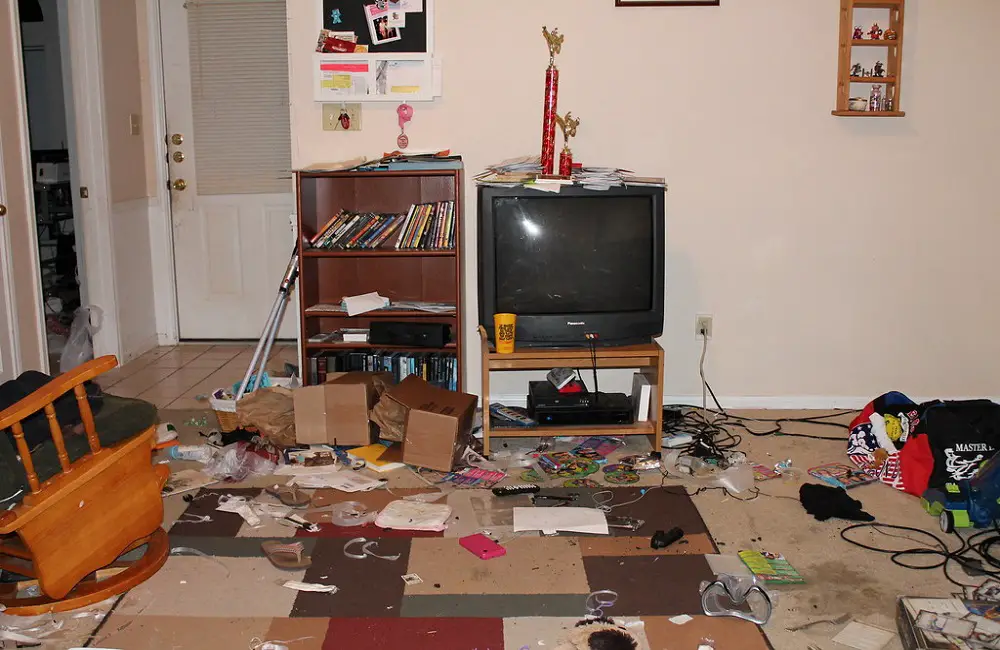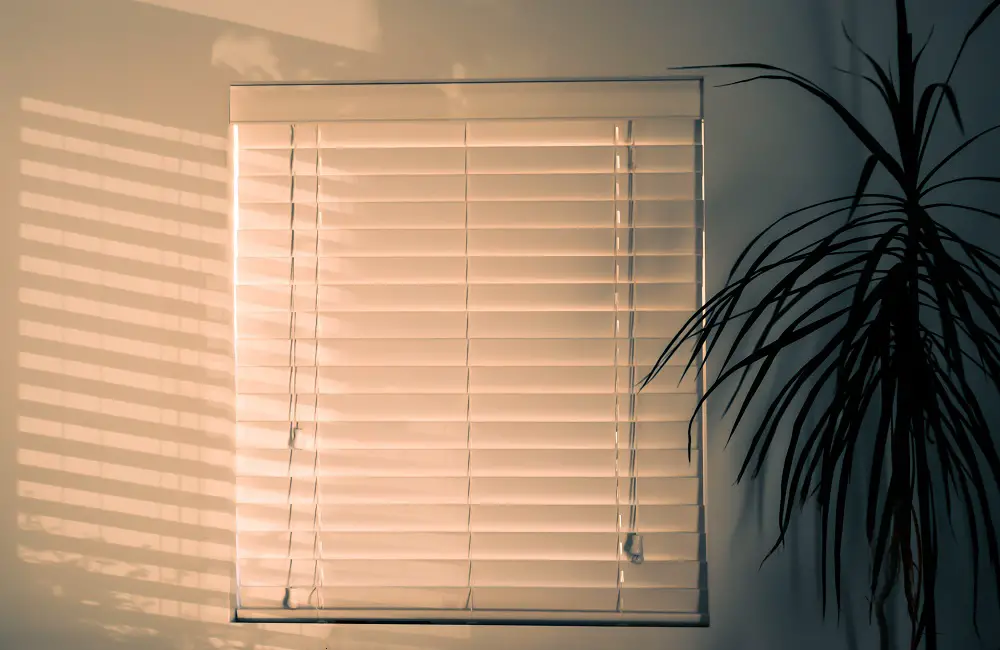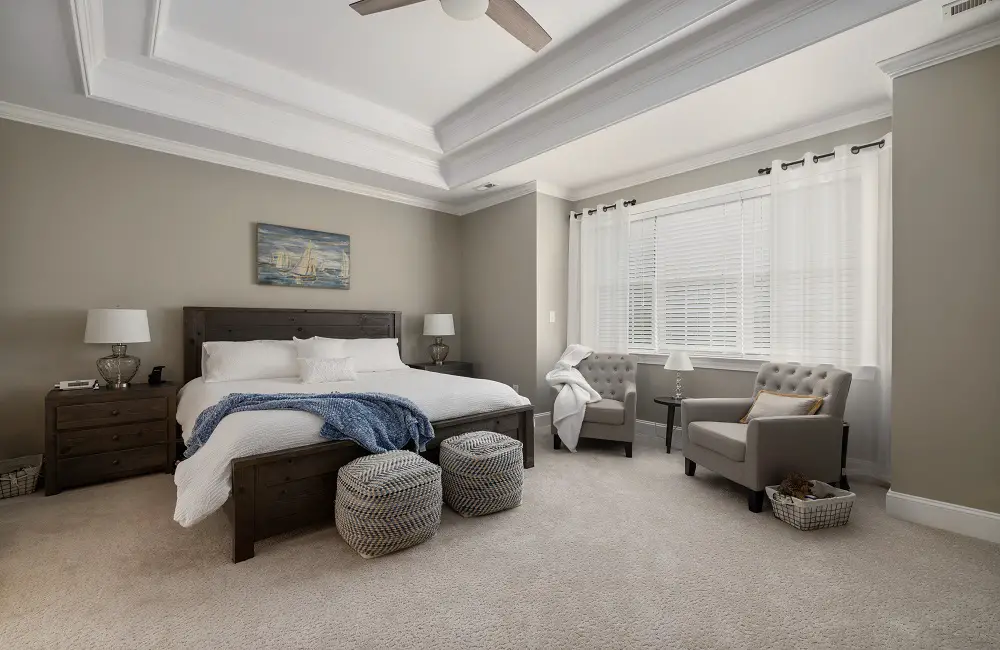How to Make Your Home Cozy For Christmas? 5 Easy Ways!
There is a magical anticipation of the unmistakable arrival of the holiday season that permeates the atmosphere as the days get shorter and the air gets crisper. And what better way to enjoy this magical season than by filling your home with coziness, charm, and plenty of holiday cheer? We’ll set out on a journey in this guide to make your home a haven of comfort and joy. We’ll go over a variety of fun suggestions and original concepts that will make your home feel festive in every corner. We’ll learn the tricks to transforming your house into a sanctuary that not only welcomes visitors but also envelops them in a warm embrace. From sparkling lights to fragrant evergreens. Real Greenery, Berries, Or Alive Decorations Although artificial greenery is certainly convenient and inexpensive, nothing compares to the real thing, especially during the holiday season. This winter, if you can in any way, add genuine greenery to your house. A living thing always makes a house feel cozy, whether it’s a dog or a tree branch. Why? Because taking care of living things necessitates having people around. This means that the presence of a living thing indicates that a house is occupied, alive, and well-maintained. Additionally, your home is begging for such a thing during the winter when the days are short. There is no shame if you are unable to afford to purchase fresh greenery from a florist. (Neither can I!) Just head outside with a bucket and some shears and see what you can find. Boxwood, holly, and pine branches are almost always available for gathering. Put your fresh greenery in a pitcher of water, or go fancy and make a natural wreath. No, it won’t always exist. That is the key idea. Homemade Food Food plays a significant role in the Christmas holiday, let’s face it. But unlike, say, football food, Christmas food is not simply delicious. It is also lovely. Consider a tray of decorated cookies, a stunning Bundt cake, or classy passed appetizers at a holiday party. Let’s make sure we use food to enliven and enchant our homes in the tradition of lovely Christmas fare. Why not give a pot of hot apple cider on the stove, a bowl of pretty candies on the counter, or any of the countless other gorgeous, delectable, homemade holiday treats a try? Particularly during the holiday season, homemade food brings a kitchen and a house to life. Fire, Candles, Or Lights This is probably what you picture when you imagine a warm home for Christmas. A Christmas tradition is spending the evening by a fire with a lit Christmas tree. There is a cause for this, too! Without something uplifting and cheery in the house in the evenings, the short winter days can feel depressing. A beautifully lit tree is a close second to a fire in the house, though there is no real substitute for it. Another great way to dispel the wintertime gloom is with candles. Try putting them in a place where people will see them as they walk by, like the mantle of your fireplace, the windowsill in your kitchen, or the dining room. Music This is a simple one! Simply turn on some holiday music and enjoy yourself. Remember that music without lyrics is the least distracting and can be played for longer periods of time without making you nauseous. Just tell your Alexa or other smart home device what you want to hear if you have one. Simply requesting “play traditional Christmas music” will suffice. You can also request specific songs or artists. If you don’t, make sure your Christmas music is accessible and set up so that you play it every day. Add Some More Christmas is the time for a slightly busier look, even if you prefer a more simple aesthetic. Don’t worry, you don’t have to cover everything in plaid blankets. But consider which bare spaces in your house might benefit from a festive touch. This could simply refer to items we’ve already talked about: flowers, berries, greenery, a cookie jar, or a candle. Alternatively, it might entail including some decorative pillows for the season, lovely Christmas tea towels, or even just placing some cards you’ve received on your fireplace mantle. Perhaps you should smooth out the tablecloth on your breakfast nook or place copper cookie cutters along the kitchen window. Conclusion You can infuse your home with the enchanting spirit of Christmas by following these five simple steps. Everyone who enters will feel at home thanks to the warm atmosphere, sparkling lights, and festive accents. May you have a comfortable, happy, and memorable holiday season. Happy Holidays!
How to Make Your Home Cozy For Christmas? 5 Easy Ways! Read More »


